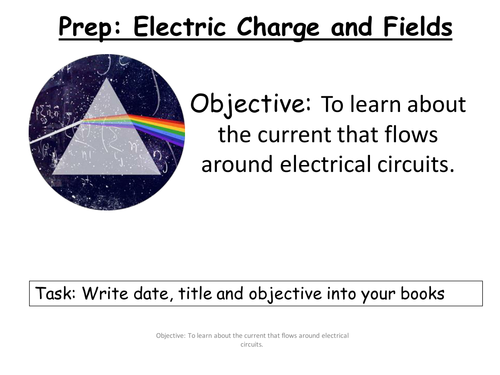

Core: level 4
Label the constituents of an atom (proton, neutron, and electron) on a diagram.
Describe the interactions between positively and negatively charged objects.
State that objects can become electrically charged by the action of frictional forces.
Challenge: level 6
Compare the electrical properties of protons, neutrons, electrons, and ions.
Use the concept of electric fields to explain why charged objects interact.
Describe how objects become charged in terms of electron transfer.
Aspire: level 8
Describe the shape of the field and lines of force around a point charge or charged sphere.
Apply the concept of electric fields to explain in detail why the force between charged objects decreases with increasing distance.
Explain why sparks can be produced
Label the constituents of an atom (proton, neutron, and electron) on a diagram.
Describe the interactions between positively and negatively charged objects.
State that objects can become electrically charged by the action of frictional forces.
Challenge: level 6
Compare the electrical properties of protons, neutrons, electrons, and ions.
Use the concept of electric fields to explain why charged objects interact.
Describe how objects become charged in terms of electron transfer.
Aspire: level 8
Describe the shape of the field and lines of force around a point charge or charged sphere.
Apply the concept of electric fields to explain in detail why the force between charged objects decreases with increasing distance.
Explain why sparks can be produced
Something went wrong, please try again later.
Not very useful. A few slides with some google images on then randomly goes into electric current and circuits.
Report this resourceto let us know if it violates our terms and conditions.
Our customer service team will review your report and will be in touch.
£1.00